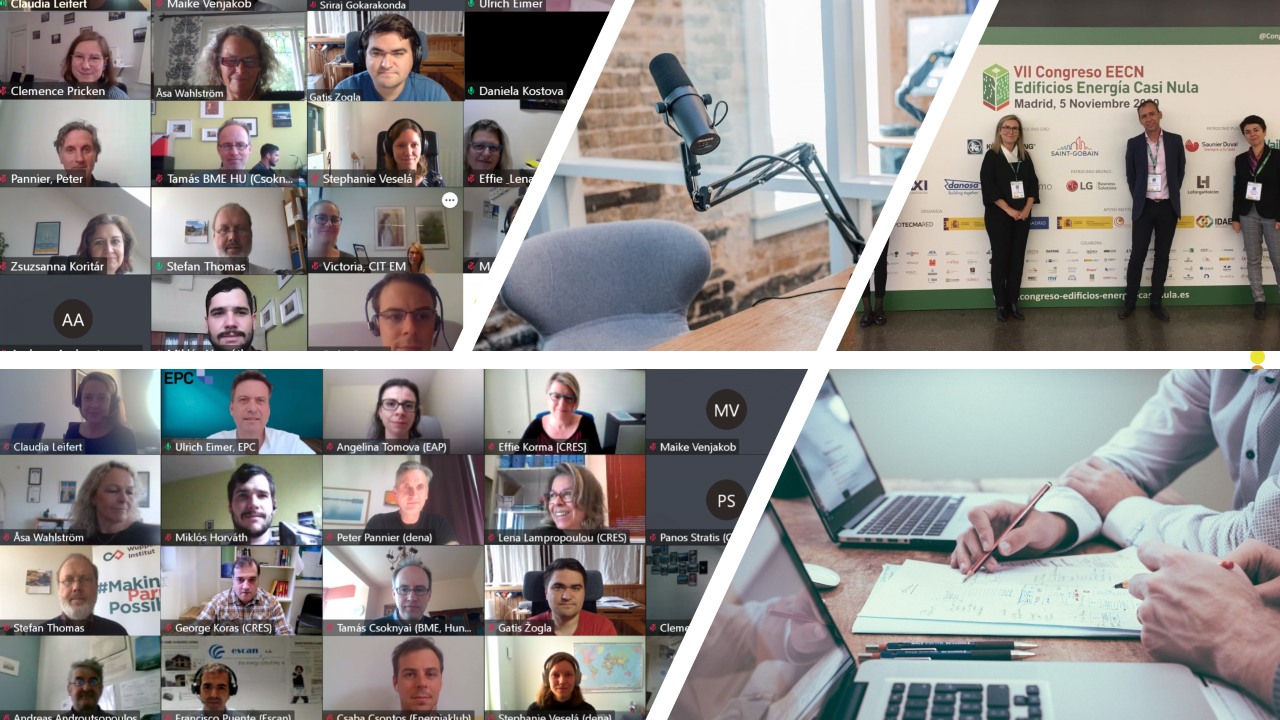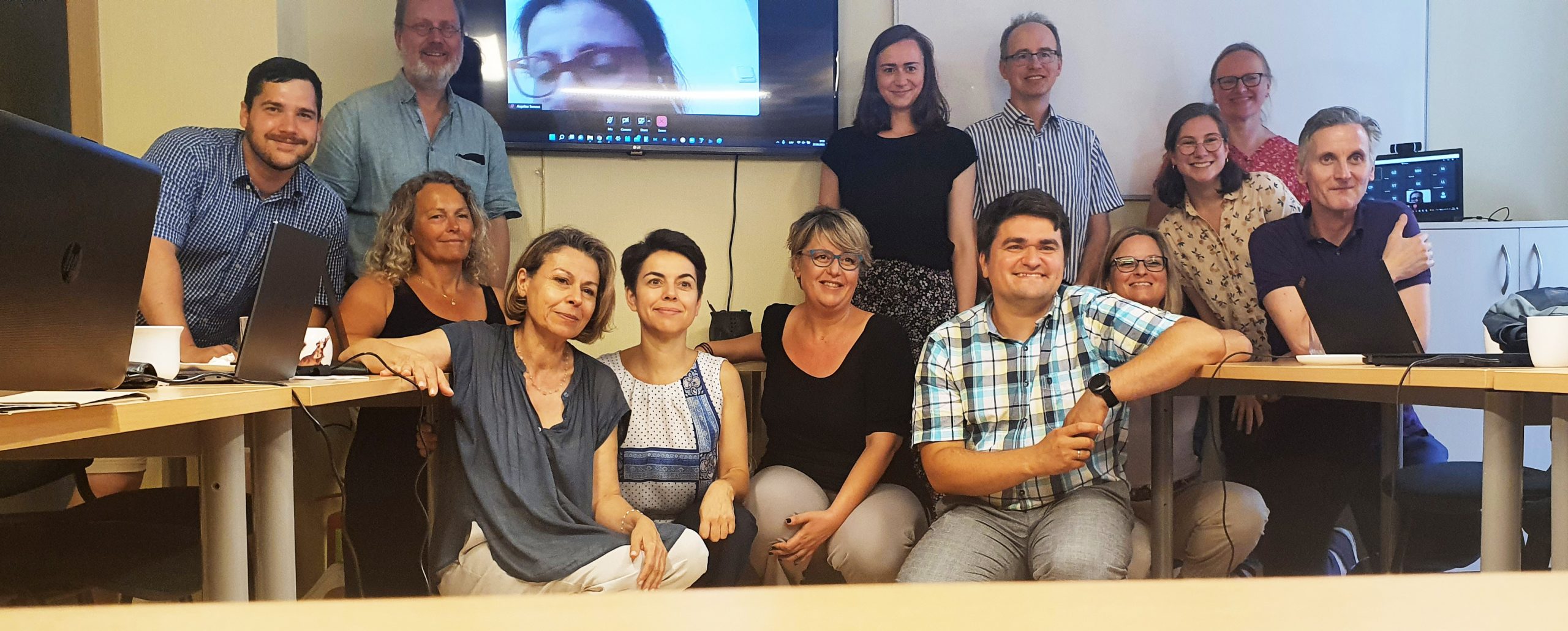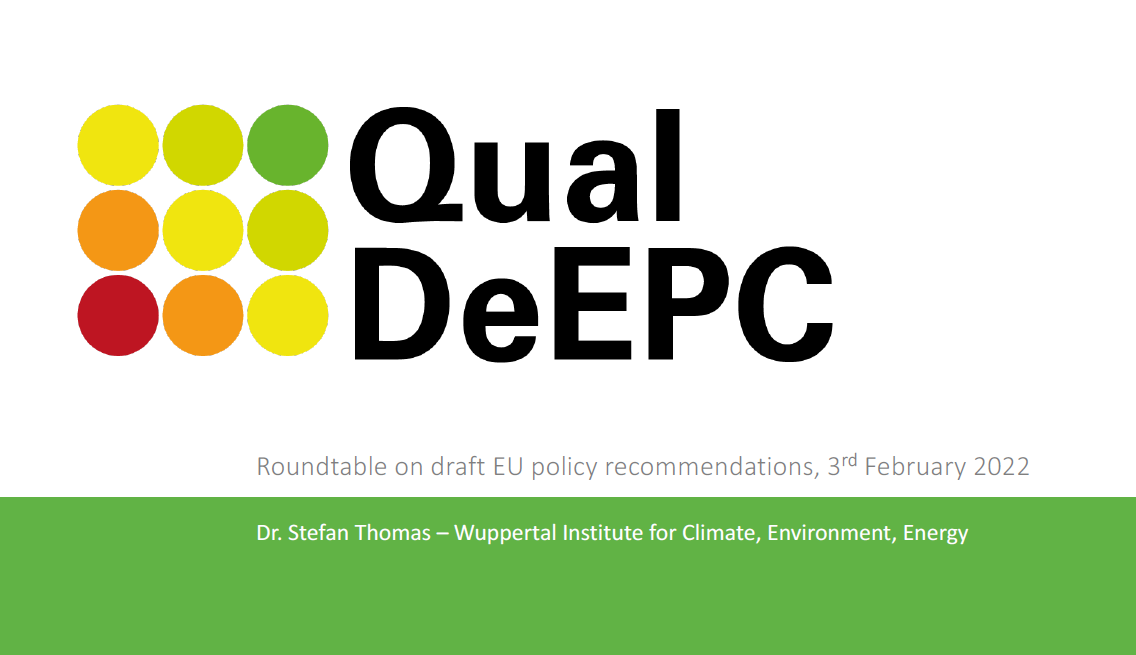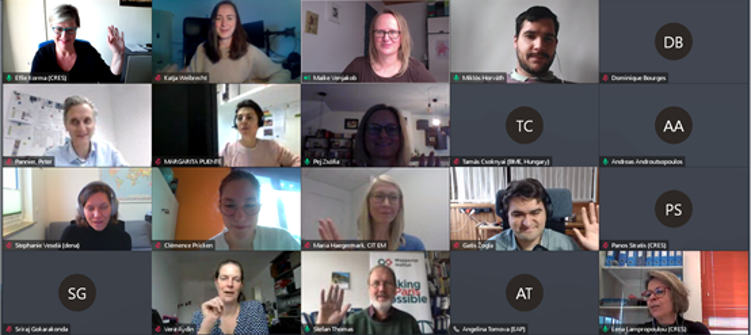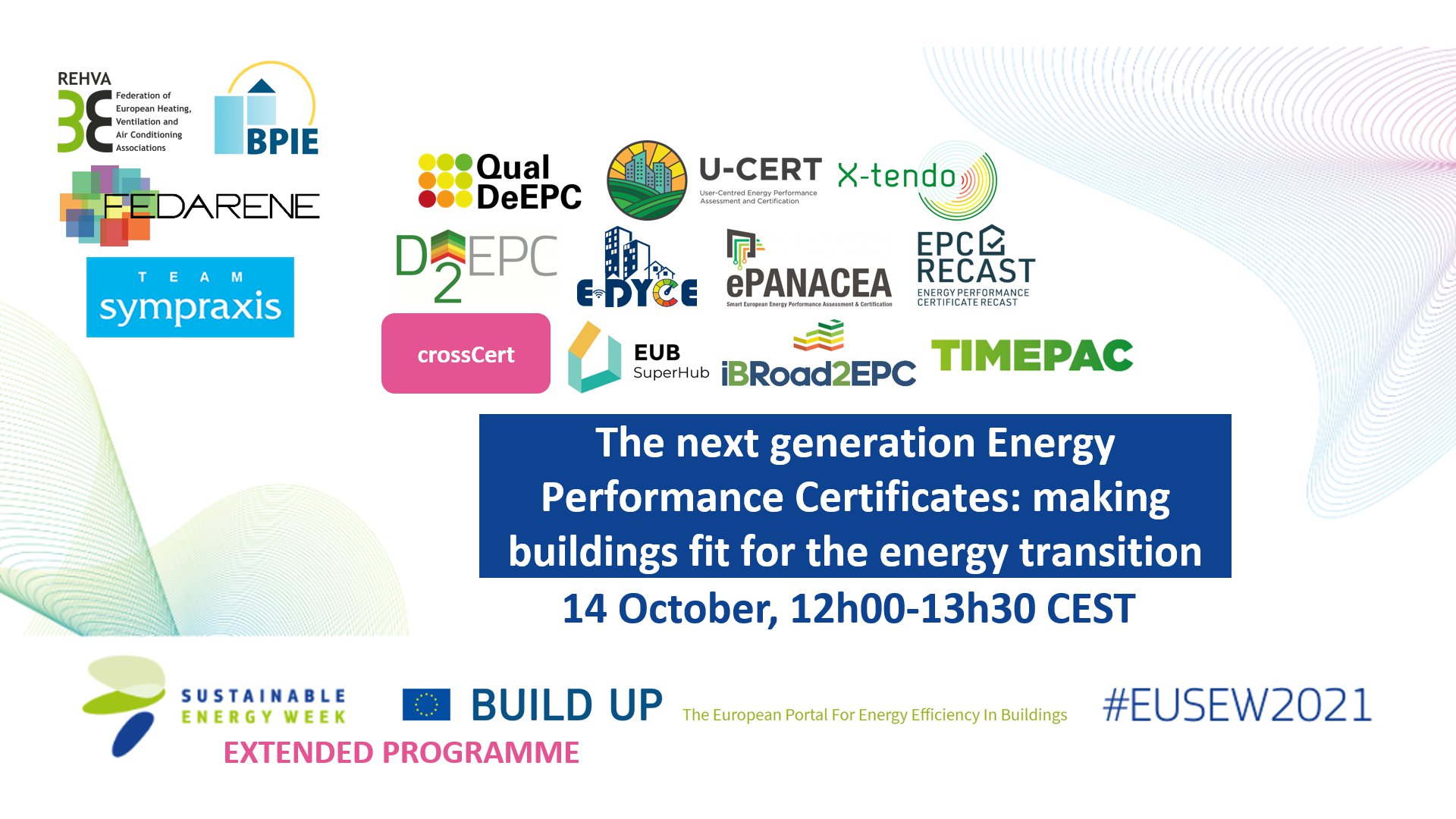QualDeEPC has completed two thirds of its duration. Time to take a brief look at the (interim) results and activities of the second project year:
In the kick-off meeting in Brussels in October 2019, the QualDeEPC consortium representing ten institutions from eight countries set the path of QualDeEPC as a project. The key result of the first project year was D2.4 Development Strategy Plan for the development of next generation EPC schemes which serves as a guide for the development phase and the elaboration of an enhanced EPC scheme, the tools and in particular the Deep Renovation Network Platforms.
Read about all details of the first project year in our 1st recap news item.
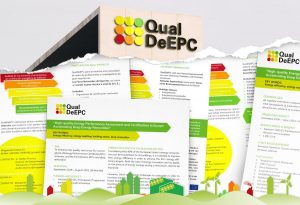
Now it is time to take a brief look at how we progressed from there onwards in year 2:
The deliverable D3.1 Green paper on good practice in EPC assessment, certification, and use QualDeEPC was published in November 2020 and provides further analysis, policy proposals and draft descriptions of tools on the seven areas that the project has identified as its priorities for the development of enhanced EPC schemes in the D2.4 Development Strategy Plan for the development of next generation EPC schemes:
- Improving the recommendations for renovation provided on the EPCs towards deep energy renovation
- Online tool for comparing EPC recommendations to deep energy renovation recommendations
- Creating Deep Renovation Network Platforms
- Regular mandatory EPC assessor training on assessment and recommendations required for certification/accreditation and registry
- High user-friendliness of the EPC
- Voluntary/mandatory advertising guidelines for EPCs
- Improving compliance with the mandatory use of EPCs in real estate advertisements
In July 2021 the deliverable D3.2 White Paper on good practice in EPC assessment, certification and use was published. It advances the Green Paper by taking into account the Report on feedback of the stakeholders (Veselá et al. 2021) and Building owners (Žogla et al. 2021). The White paper will be the basis for the country-specific adaptation, discussion, and to the extent possible, implementation of the developed policy proposals in the roadmaps to convergence and action towards deep renovation.
In Work Package 4 in total 98 pilot buildings have been selected in the 7 project partner countries, fulfilling the target of reaching 70 to 105 pilot buildings (see also the report on pilot building selection D4.1 ). Most of the buildings are residential ones (61%), the other 39% are made up of different types of non-residential buildings like schools. At first, the existing national legislation / methodology was used to issue an EPC for all buildings (coming soon: D4.2). For some buildings an existing EPC could be used, for other buildings a totally new EPC had to be issued. These standard EPCs for each building were needed in order to have a baseline/benchmark for evaluating improvements in the EPC practices and schemes suggested by QualDeEPC. When standard EPCs for all pilot buildings were available, the next step was to test the improvements to EPC schemes developed in Work Package 3. Therefore, for each pilot building an enhanced EPC based on the QualDeEPC recommendations was issued. Both EPCs – standard and enhanced ones, as well as a questionnaire were given to the building owners (coming soon: D4.3). On average, the enhanced EPCs show an average energy savings potential of close to 50%. In almost all project partner countries the enhanced EPC form was evaluated higher by the building owners than the standard one. The results will be found in more detail in the D4.4 Transnational comparison report and the D4.5 Summary evaluation report.
Like all ongoing H2020 projects, QualDeEPC has faced the limitations in research related work and project management due to covid-19. While face-to-face partner meetings could be transferred to online events, some work package progresses are still partly delayed due to the restricting national regulations.
Although the partners cooperated exclusively digital since the first lockdown in March 2020, the consortium was able to exchange and discuss results to commonly work on project outputs. How our digital meetings proceed can be read about in the Third QualDeEPC project meeting as well as the Fourth QualDeEPC project meeting.
The events and other outputs to highlight in the second project year are the following:
- The Budapest University of Technology and Economics joined the QualDeEPC consortium! The department has been involved in the implementation of the EPBD from the very beginning, thus bringing a very comprehensive picture about the EPBD implementation and the application difficulties into our discussions.
- QualDeEPC and its sister projects U-CERT, X-tendo, ePANACEA, E-DYCE, D^2EPC, EPC RECAST, crossCert, EUB SuperHub, iBRoad2EPC and TIMEPAC formed the “Next Generation EPCertifcates Horizon 2020 cluster of projects” and had a number of meetings since then. In the first internal meeting with CINEA and DG ENER on 23 April 2021 the project cluster exchanged objectives and progress of the different projects. This meeting was followed by several occasions, where the project cluster performed together at workshops, webinars or conferences:
- A 5 min pitch of each project can be found here: https://youtu.be/ILibLOEXDdo?t=20
- The second Next Gen EPCerts meeting took place on 01 July 2021 as a web workshop on “Building Energy Performance Certificates: Convergent evolution?”.
- On 29 September 2021 the Next Gen EPC cluster participated at the Sustainable Places 2021 Conference
- On 14 October 2021 Next Gen EPC cluster participated at EUSEW with the panel “The next generation Energy Performance Certificates: making buildings fit for the energy transition. The pitches of QualDeEPC, U-Cert and X-tendo can be found here: https://youtu.be/ILibLOEXDdo
- QualDeEPC participated in the 3rd stakeholder workshop in the revision of the EPBD:
On 29 April 2021 QualDeEPC partners joined in on the discussion about “Strengthening buildings information tools (with focus on EPC)”. The lively discussions and input from the various stakeholders showed that the results and recommendations of the QualDeEPC project so far are in line with the overall demands from the stakeholders, thus putting the project on the right track.
Read the Press Release for the White Paper


